Read the Introduction.
This project has developed a replicable cost analysis approach capable of being used to compare distance learning with traditional courses at most US universities. In order to construct this model, seven experiments were conducted at George Mason University, Fairfax, Virginia. These experiments were roughly similar to those conducted at North Carolina State University’s Project 25 in 1997 with comparisons of on line and traditional versions of courses in Statistics, English Composition, Computer Science, Astronomy, Geography, History and MIS (Business). Assessments were conducted using modified versions of the Flashlight process, and did not prove conclusively any significant differences between distance learning and traditional approaches, mirroring the experience widely reported in the No Significant Difference Phenomenon (NSDP) literature and elsewhere.
While the assessment process was not definitive, the cost data gathered from the experiments has provided an analysis tool that appears to have wide application. The GMU experiments yielded detailed cost data that made it possible to examine and compare on line vs. traditional course delivery expenses rigorously. For this project, Dr. John Milam created a hybrid model for cost analysis that builds on the basic micro-costing model discussed by Jenny (1996) for determining the four-tier, full cost of a course. It also incorporates components of activity-based costing as described by NACUBO. The “GMU Model” developed under this grant has already been incorporated into the Flashlight Cost Analysis Handbook. Dr. Milam, in presenting the model at meetings and symposia, argues that the lenses of both micro and activity-based costing are needed to help institutions examine the complex cost and organizational change issues of implementing new teaching technology.
The GMU Model results include the performance measures of cost per course section and cost per course credit hour for a traditional versus technology version of the same course. It allows users to “tweak” various components to see their effect on the outcome measures. The model requires sophisticated data on student and course enrollment, revenues (after institutional financial aid or tuition discounting), classroom/lab and office space utilization, and opportunity costs. Detailed faculty and staff workload and direct and indirect expenditures for faculty compensation, computing, and non-computing costs are also analyzed at the course level. Departmental, dean’s level, and institutional overhead costs are analyzed at the account and object code level and are distributed using standard allocation schemes.
Due to the model’s complexity, Dr. Milam also focuses on showing users how to gather the data from existing, institutional research extracts available at most institutions. In addition to participating in the evolution of the Flashlight model, Dr. Milam has worked over the past year with costing experts such as Dennis Jones, Frank Jewett, and Bill Massy from NCHEMS, WICHE, and other organizations to share cost methodologies. He has given presentations about the GMU model at national, regional, and state meetings of the Association for Institutional Research. His SAIR paper received a Best Paper Award for 1999 and an elaboration of this hybrid methodology is being published in the AIR Professional File series.
The availability of replicable cost models of this type may facilitate a more rational dialog about the effects of different approaches to technology-enhanced education. Institutions must be prepared to address the complex issues of opportunity costs, efficient space utilization, shared resources for direct and indirect computing, and new types of faculty roles and rewards. Armed with these tools and a vision for knowledge management, colleges and universities are better prepared to compete in the 21st century through creative and data-driven resource allocation solutions.
Jenny, Hans. (1996). Cost Accounting in Higher Education: Simplified Macro-and Micro-Costing Techniques. Washington, D.C.: National Association of College and University Business Officers.
